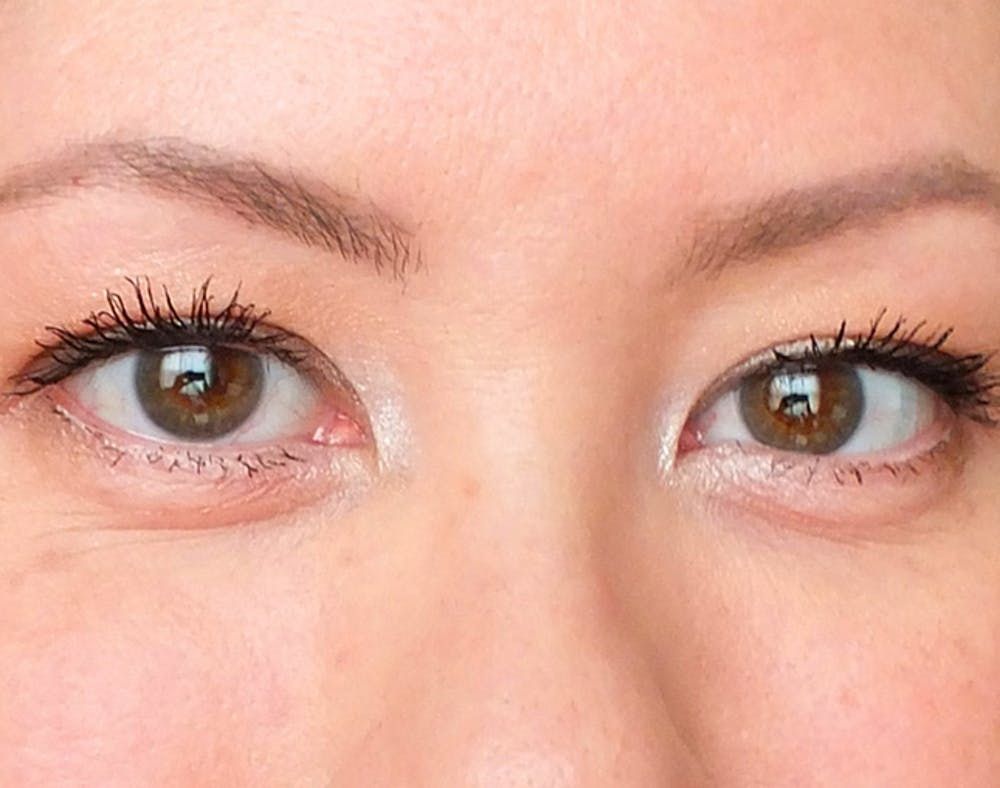Lets face it, for those who have experienced cancer or know someone who has — cancer sucks. It may not be a topic on many people’s minds, but nearly 2,700 Americans are diagnosed with eye cancer each year, and now, a 3D printer may be their shining hope. Patients who have to go through surgery to save their lives from eye cancer face exorbitant costs ($10,000 to $15,000 per prosthesis), a long wait list for those prostheses and an intensive process called exenteration that results in blindness and the loss of the eye.
Losing sight and the familiar feel and look of one’s face is a drastic life change that could potentially be avoided with 3D printing technology. 3D printers are known to print shoes and houses and ice cream, but in the medical field, they are proving to be a truly life-changing tool.
A young patient who underwent exenteration was wearing an eye patch because she has outgrown her first prosthesis and is unable to afford a new one. Inspired to help his patient, her doctor, Dr. Tse, and his team of researchers from the University of Miami have found a new procedure for eye cancer patients, and it all comes down to a 3D printer. Dr. Tse says, “Hopefully, using this quick and less expensive 3D printing process, we can make an affordable facial prosthesis for her and also help thousands of other people like her who lack the resources to obtain one through an ocularist.”
Currently, a patient in need of a prosthesis visits an ocularist, who makes a mold of the face, casts it in rubber and then adds characteristics like skin color, eye color and eyelashes. Patients typically wait weeks for the prosthesis and must pay out of pocket, because health insurance typically doesn’t cover the costs.
Dr. Tse and his team have developed a quicker (we’re talking a matter of hours) and less expensive process using a material that prevents degradation and discoloration to create a mask of injection-molded rubber designed to match the color of the patient’s skin by using facial scanning software and a 3D printer. First, a topographical scan of the undamaged side of a patient’s face is performed to give the printer the correct data needed to design the mask. With this technology, a custom-made facial prosthesis that mirrors the patient’s face can be created using data and technology by a 3D printer.
Dr. Tse’s team has big dreams of sharing their discovery with patients around the world: “Once we have a patient scanned, we have the mold, so we can create a new prosthesis in no time. Our long-term goal is to help patients anywhere in the world. We could get a mobile scan, download the data in Miami, print out the prosthesis and ship it back to the patient the next day,” says Dr. Landon Grace.
Wonderful news for those in need of a prosthetic eye, as 3D printing is able to cut costs, time and stress for patients undergoing this process. With 3D printers the future of medical advancement is looking bright.
What’s next in the future of 3D medical technology? Talk to us in the comments below.
